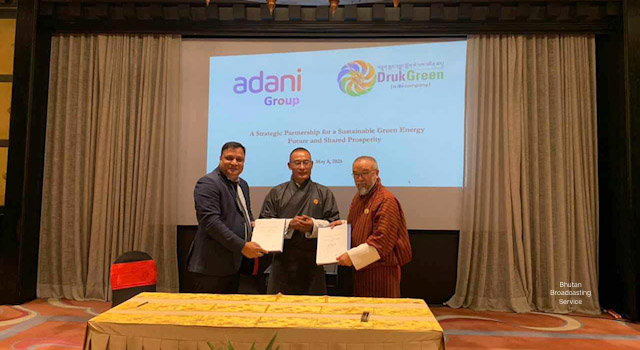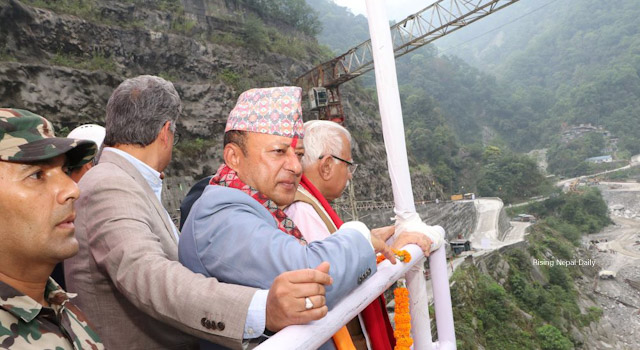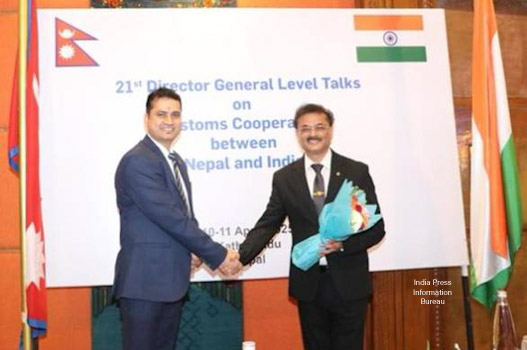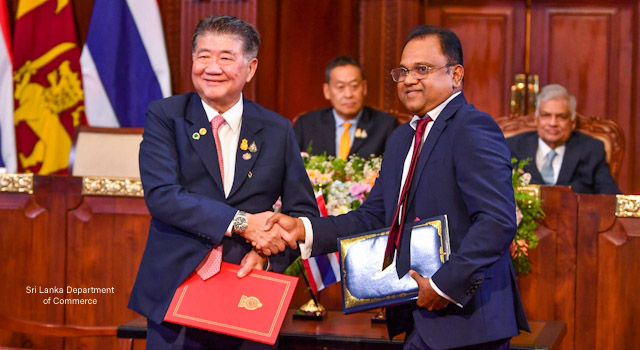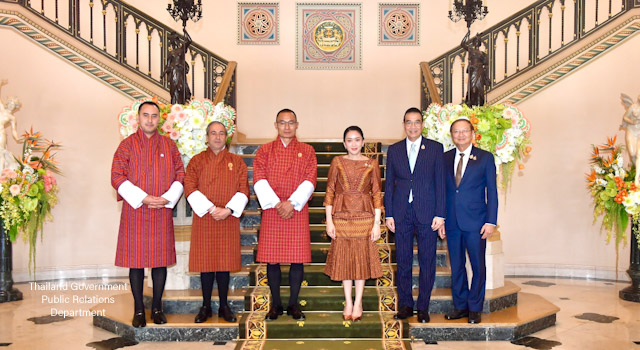
Commentary: Building Seamless Transport Connectivity in the Bay of Bengal Region
12 April 2021
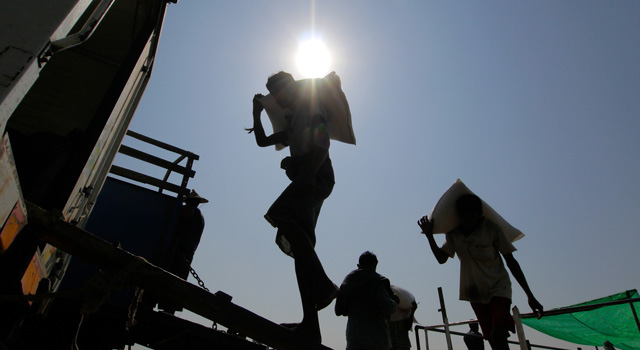
Enhancing transport and trade linkages between and across the countries in the Bay of Bengal region requires a strategic master plan. The master plan will guide the countries' actions and build on synergies among various connectivity frameworks. This commentary appears on the Development Asia website.
Building Seamless Transport Connectivity in the Bay of Bengal Region
By Li Dongxiang and Bruce Winston
Enhancing transport and trade linkages between and across the countries in the Bay of Bengal region requires a strategic master plan.
Introduction
Transport connectivity is a fundamental requirement for regional cooperation and integration to accelerate economic growth and social development. A well-established transport network reaps the benefits of a free trade area, including promotion of trade and investment, as well as progress in other areas, such as tourism, people-to-people contact, and cultural exchange.
For this reason, transport and communication was included as one of the initial sectors of Bay of Bengal Initiative for Multi-Sectoral Technical and Economic Cooperation (BIMSTEC), a regional multilateral organization established in 1997 to harness shared and accelerated growth through mutual cooperation in areas of common interest by utilizing regional resources and geographical advantages.
Nearly a quarter century has passed, yet gaps in transport connectivity in the Bay of Bengal region remain, hindering further development of regional cooperation and integration.
To promote seamless transport connectivity and deeper cooperation in the region, a strategic regional transport connectivity master plan must be designed and implemented to guide the countries' actions and build on synergies among various connectivity frameworks.
Analysis
The Bay of Bengal is the largest bay in the world. Its unique geographical position makes this region a natural bridge between the dynamic areas of South Asia and Southeast Asia. Comprising five member states from South Asia (Bangladesh, Bhutan, India, Nepal, and Sri Lanka) and two from Southeast Asia (Myanmar and Thailand), BIMSTEC also serves as a platform for intraregional cooperation between the member states of the South Asian Association for Regional Cooperation (SAARC) and the Association of Southeast Asian Nations (ASEAN).
Although the BIMSTEC countries have been able to sustain an average annual economic growth rate of about 6% in recent years, the Bay of Bengal region is less developed and less integrated than other regions. In a region with almost 1.7 billion people constituting over 20% of the world's total population, the $3 trillion BIMSTEC economy accounted only for about 4% of global gross domestic product (GDP), and combined BIMSTEC trade was only about 3.7% of the global total in 2016. Moreover, intraregional trade—an important indicator used to measure the level of regional cooperation and integration—was only 6.16% for BIMSTEC in 2019, compared to 22.88% for ASEAN in the same year.
In light of its geographic advantages, abundant natural and human resources, historical linkages, and shared cultural heritage, the BIMSTEC countries have great potential for closer internal regional integration and more robust economic growth. Realizing the importance of improved transport connectivity to the smooth cross-border movement of goods, services, and people, the BIMSTEC leaders directed the preparation of a master plan for BIMSTEC connectivity in October 2016. Built on the BIMSTEC Transport Infrastructure and Logistics Study and with the assistance of the Asian Development Bank, the master plan was finalized by the Third Meeting of the BIMSTEC Transport Connectivity Working Group (BTCWG) held virtually in New Delhi, India, on 8 December 2020 and approved by the 17th BIMSTEC Ministerial Meeting held virtually in Colombo, Sri Lanka, on 1 April 2021.
The master plan presents a holistic 10-year (2018-2028 and beyond) strategy and action plan for improving the region's transport linkages covering both hard infrastructure, including roads, railways, ports, inland waterways, airports, and multimodal transport, and soft infrastructure, including international transport services. Likewise, it provides for capacity building, transport access agreements, and the harmonization of rules, regulations, policies, and measures related to transport between and among BIMSTEC countries, with a view to facilitating cross-border trade in support of the proposed BIMSTEC Free Trade Area.
Specifically, the master plan includes the following major strategies in various subsectors:
- Road and road transport: prioritization of road development along the key national arterial routes that represent the region's main trade corridors; progressive upgrading of key border link roads; upgrading or construction of dedicated port access roads; and implementation of transport access agreements and regional through-transport arrangements;
- Railways and rail transport: prioritization of rail access to ports, land borders, and inland clearance depots; and development of rail links between India and the landlocked member states of Bhutan and Nepal;
- Ports and maritime transport: development of new ports and expansion of existing harbor infrastructure to increase the capacity to handle container traffic; and investment in container handling equipment to improve handling performance consistent with global good practice;
- Inland water transport: development of sustainable, economically viable inland water transport between member states to provide multimodal and intermodal connectivity;
- Civil aviation and airport development: demand-based development of airport facilities; and investment in cargo infrastructure and equipment at major airports;
- Multimodal and intermodal transport: pursuit of initiatives that efficiently combine the use of different modes of transport to establish seamless multimodal and intermodal transport linkages;
- Trade facilitation: development of border infrastructure at main border crossings; rationalization of documentation requirements for import and export clearance and promotion of mutual recognition agreements; upgrading of ICT systems and establishment of national single windows; and adoption of advanced logistical systems to reduce distribution costs and time; and
- Human resource development: provision of training to enhance the capacity and skill of personnel engaged in the transport, trade facilitation, border management, and related sectors.
To achieve the goals of these strategies, the master plan identifies 141 "flagship" or "signature" projects, and 267 projects in its long list. The resources required to implement these projects are substantial. At least $47 billion and $124 billion will be needed, respectively, for the BIMSTEC countries to complete the flagship projects and the projects in the long list.
Implication
The master plan pursues universally accepted international norms, good practices, governance, rule of law, openness, transparency, and financial responsibility in a manner that respects the sovereignty, equality, and territorial integrity of nations. It also considers the specific circumstances and requirements of the respective member states, with different geographic areas and features (such as mountainous or low-lying, riverine), population (from less than 1 million to close to 1.4 billion), levels of economic activities (with GDPs ranging from $2.5 billion to $2.8 trillion), and other unique circumstances.
Many regional or subregional bodies have prepared transport master plans or strategies over the last decade or so, such as the Master Plan on ASEAN Connectivity 2025, the ACMECS Master Plan 2019–2023, and the SAARC Regional Multimodal Transport Study of 2006 (and since updated). While complementary to these existing master plans and studies, the BIMSTEC master plan reflects the context and changing environment of the region, and plays a vital role in unifying various subregional cooperation initiatives.
The master plan is a guiding document rather than a convention or an international agreement. The countries will undertake implementation individually and bilaterally, based on multilateral principles. The master plan is treated as a "live document" that requires reviews and updates over time and is flexible to respond to emerging trends and priorities.
Implementing this kind of master plan will be challenging. The BTCWG is working out the modalities for its implementation with due regard to the special circumstances and needs of the member states. The following factors are critical to successful implementation:
- Strong political will and commitment by the member states, as demonstrated by cooperation between and among participating states, budgeting for identified projects, and including projects in national development programs;
- Creation of an appropriate policy and regulatory framework, including the implementation of through-transport agreements, and access agreements for coastal shipping services between and among member states;
- Development of a sustainable financing framework for infrastructure projects, including partnerships with the private sector and other bilateral and multilateral development partners, in view of the gap between financing requirements and the availability of funds; and
- Addressing of potential social, environmental, and other concerns; development of adequate human resources and associated capacities; and putting into place robust monitoring mechanisms.






